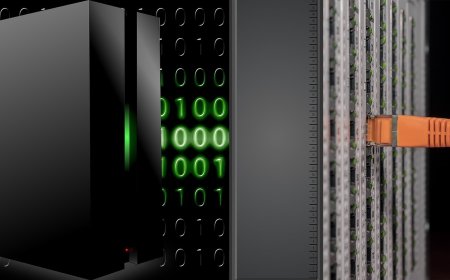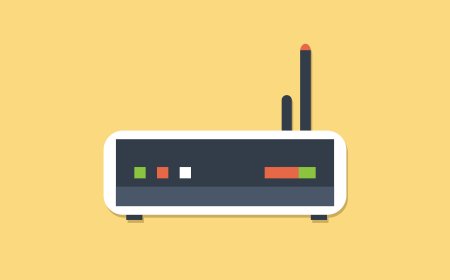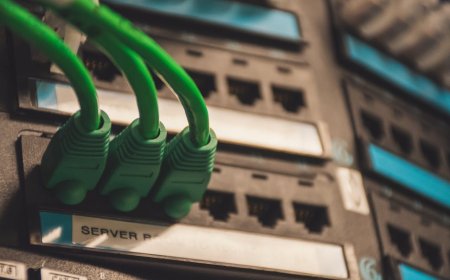Packet Forwarding: The Backbone of Modern Networking
In today’s connected world, data travels across millions of devices every second. But have you ever wondered how that data — your emails, messages, or videos — actually moves from one device to another? The answer lies in a key networking process known as packet forwarding. we’ll explain what packet forwarding is, how it works, and why it’s a crucial concept for anyone preparing for the CCNA certification or building a career in networking.Packet forwarding is a fundamental concept that keeps the internet running smoothly. Whether you’re studying for the CCNA exam or managing a corporate network, knowing how packets move through a network helps you design, secure, and troubleshoot efficiently.
1. What Is Packet Forwarding?

Packet forwarding is the process of sending data packets from one network device to another — usually from a router or switch — until the packet reaches its final destination.
Every piece of data transmitted over the internet is broken into small units called packets. Each packet carries:
-
The source IP address (where it came from)
-
The destination IP address (where it’s going)
-
And other control information that helps it reach the right place
Routers and switches use forwarding tables or routing tables to decide where each packet should go next.
2. How Packet Forwarding Works
Here’s a simplified step-by-step look at how packet forwarding happens:
-
Packet Arrival: The router receives a packet on one of its interfaces.
-
Header Inspection: The router examines the packet’s destination IP address.
-
Routing Table Lookup: It checks the routing table to find the best path (the next hop).
-
Forwarding Decision: The router sends the packet out of the correct interface toward the next router or destination.
This process repeats across multiple routers until the packet reaches its final destination.
3. Types of Packet Forwarding
There are different methods used to forward packets efficiently:
-
Store-and-Forward:
The device receives the entire packet, checks it for errors, and then forwards it. (Common in reliable networks.) -
Cut-Through:
The device forwards the packet as soon as it reads the destination address — faster but less error checking. -
Fragment-Free:
A hybrid method — the device reads the first 64 bytes (enough to detect most errors) before forwarding.
4. Why Packet Forwarding Matters

Packet forwarding is the heart of network communication. Without it, devices wouldn’t be able to exchange data efficiently. It ensures:
-
Fast and reliable data delivery
-
Efficient use of bandwidth
-
Seamless connectivity across networks and the internet
For CCNA students, understanding packet forwarding is crucial because it’s directly tied to topics like routing, switching, IP connectivity, and network troubleshooting.
5. Packet Forwarding in Real Life
Imagine you’re sending an email from New York to a friend in London.
Your email is divided into packets that travel through multiple routers — across ISPs, undersea cables, and data centers — all thanks to packet forwarding.
Each router makes a quick decision about where to send your packet next until all packets reach the destination and reassemble into your email.
What's Your Reaction?
 Like
0
Like
0
 Dislike
0
Dislike
0
 Love
0
Love
0
 Funny
0
Funny
0
 Angry
0
Angry
0
 Sad
0
Sad
0
 Wow
0
Wow
0



























